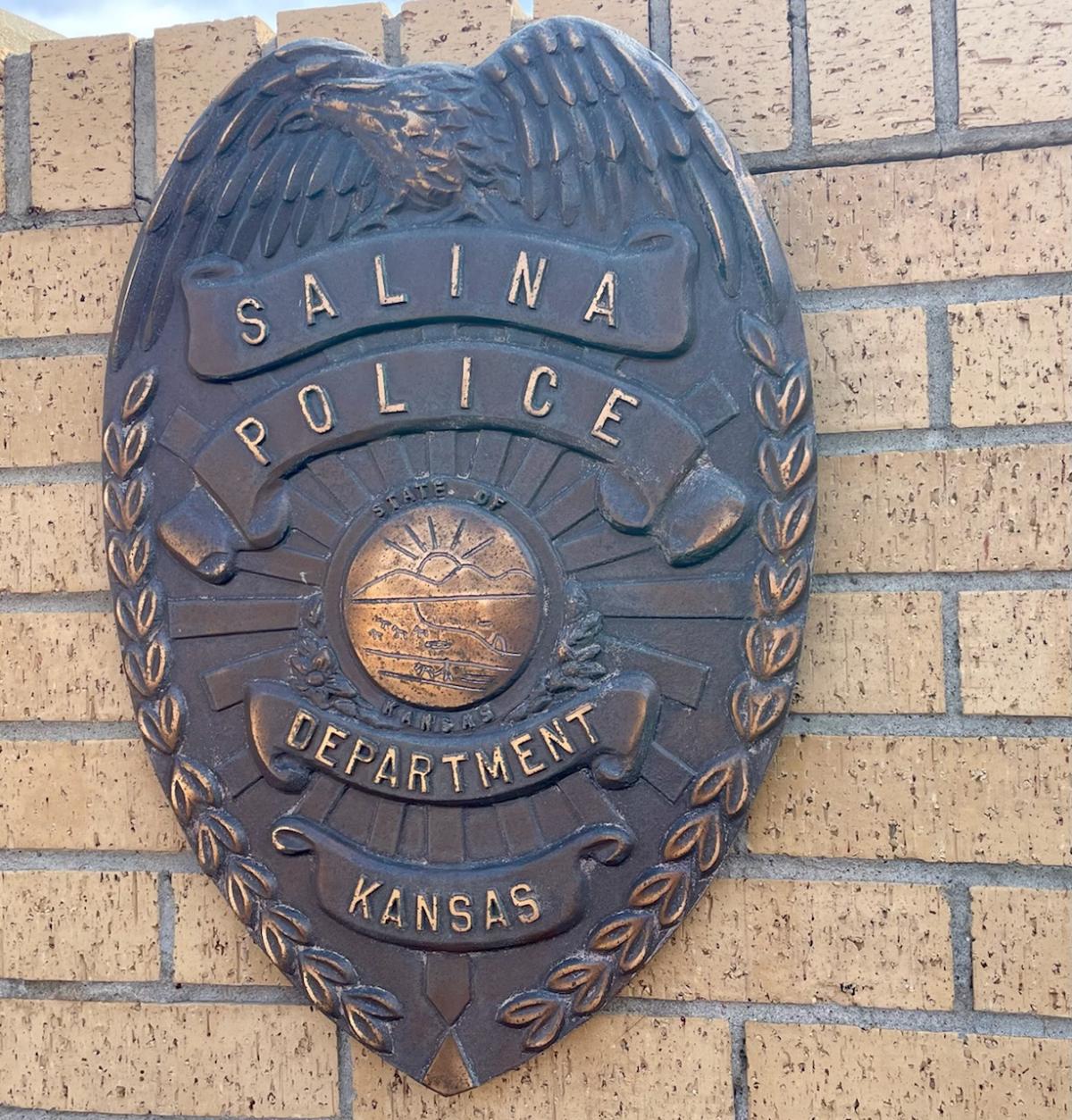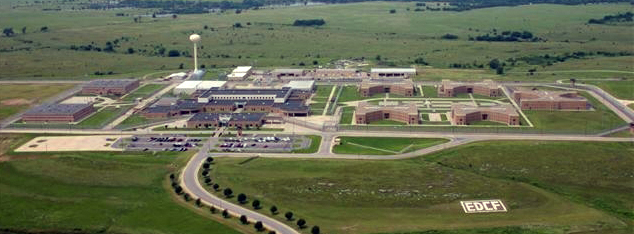Dangerous heat is settling into Central Kansas. The first long heatwave of the summer is here.
According to the National Weather Service, high temperatures at or above 100 degrees are anticipated daily, at least through next weekend.
Officials urge caution for those who have to be outside for long periods of time. Among other things, try to avoid direct sunlight and drink plenty of fluids. Never leave a child, or a pet, unattended in a vehicle.
Remember everyone can suffer from heat related illnesses, with the young and elderly especially susceptible.
There are things to do to beat the heat. Captain Lynn Lopez from the Salina Salvation Army tells KSAL News that on hot days this summer she is opening her facility in Salina as a heat relief center.
Not only is Lopez providing a heat relief center, she is going a step further. On days where it is dangerously hot she will take her agency’s mobile unit out in the community, specifically looking for those in need of a cold drink and way to beat the heat.
—
HEAT SAFETY
- Never leave children or pets alone in enclosed vehicles.
- Slow down, stay indoors and avoid strenuous exercise during the hottest part of the day.
- Take frequent breaks if working outdoors.
- Use a buddy system when working in excessive heat.
- Check on family, friends and neighbors who do not have air conditioning, who spend much of their time alone or who are more likely to be affected by the heat.
- Check on animals frequently to ensure that they are not suffering from the heat. Ensure they have water and a shady place to rest.
- Eat small meals and eat more often.
- Avoid extreme temperature changes.
- Wear loose-fitting, lightweight, light-colored clothing.
HEAT CAN BE DANGEROUS
- Excessive heat can lead to sunburn, heat cramps, heat exhaustion and heat stroke. Avoid problems by drinking plenty of fluids and limiting drinks with caffeine or alcohol.
- If someone is experiencing heat cramps in the legs or abdomen, get them to a cooler place, have them rest, lightly stretch the affected muscle and replenish their fluids with a half a glass (about 4 ounces) of cool water every 15 minutes.
- If a person is exhibiting signs of heat exhaustion (cool, moist, pale or flushed skin, heavy sweating, headache, nausea, dizziness, weakness exhaustion), move them to a cooler place, remove or loosen tight clothing and spray the person with water or apply cool, wet cloths or towels to the skin. Fan the person. If they are conscious, give small amounts of cool water to drink. Make sure the person drinks slowly. Watch for changes in condition. If the person refuses water, vomits or begins to lose consciousness, call 9-1-1 or the local emergency number.
HEAT STROKE IS LIFE-THREATENING
Signs include hot, red skin which may be dry or moist; changes in consciousness; vomiting; and high body temperature. Call 9-1-1 or the local emergency number immediately if some shows signs of heat stroke. Move the person to a cooler place. Quickly cool the person’s body by immersing them up to their neck in cold water if possible. Otherwise, douse or spray the person with cold water, or cover the person with cold, wet towels or bags of ice.




